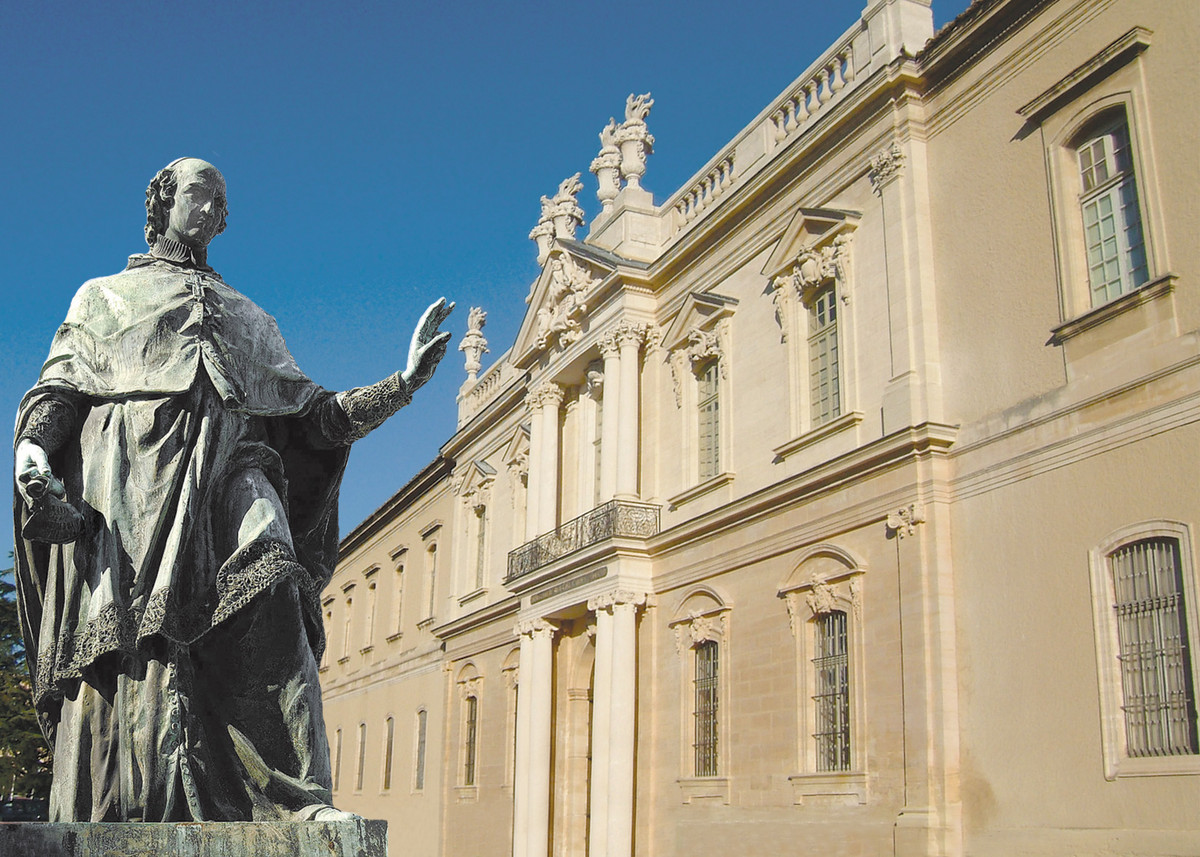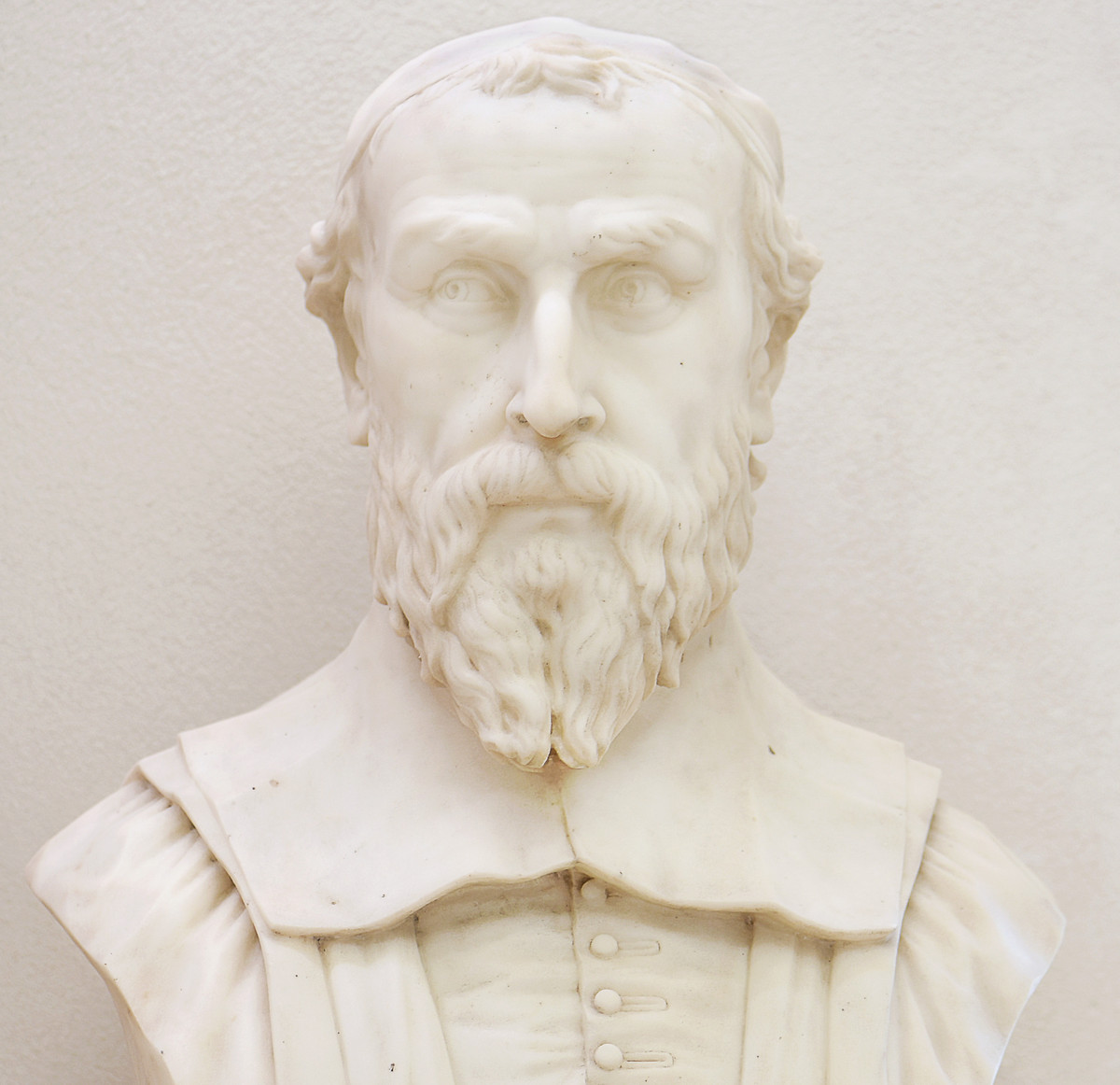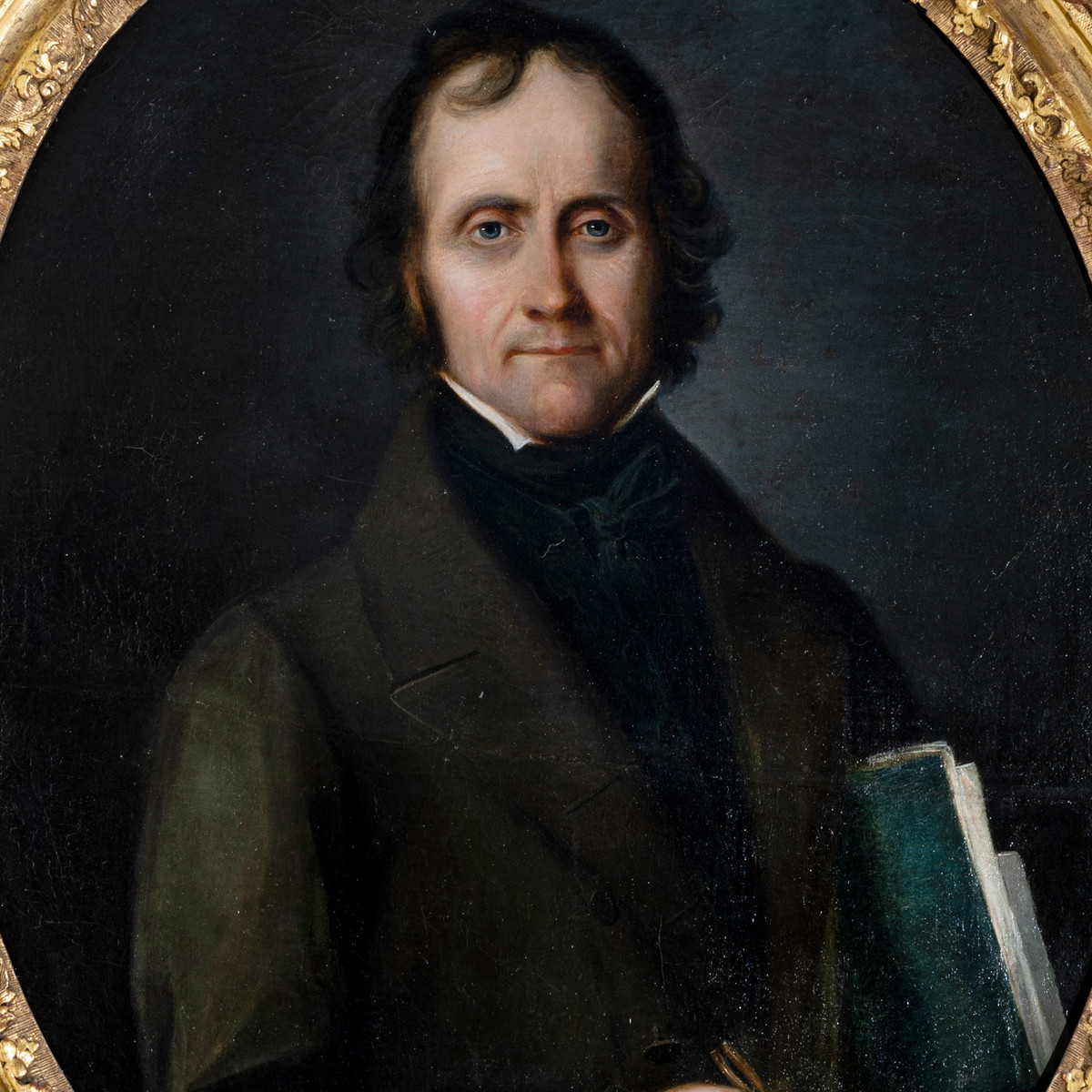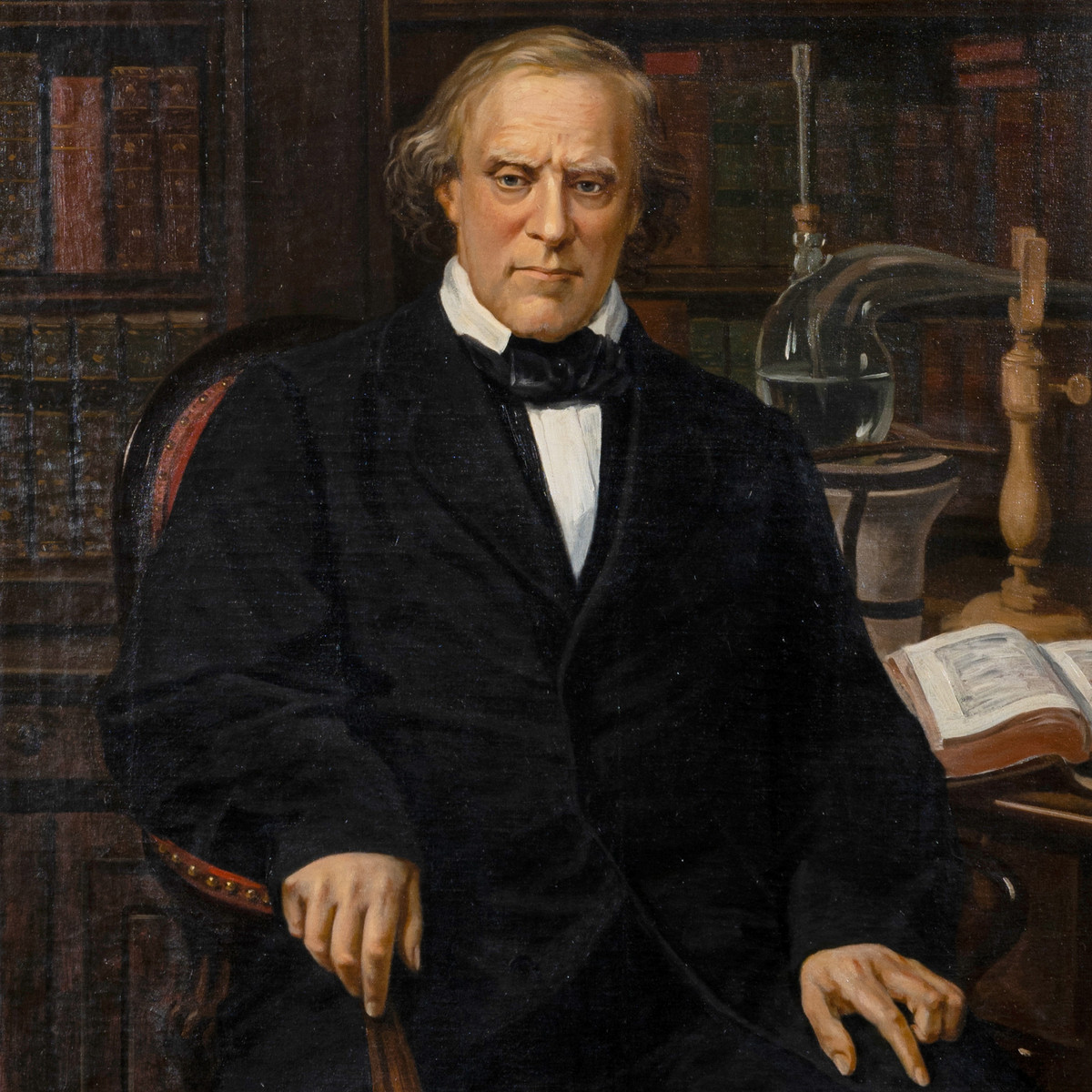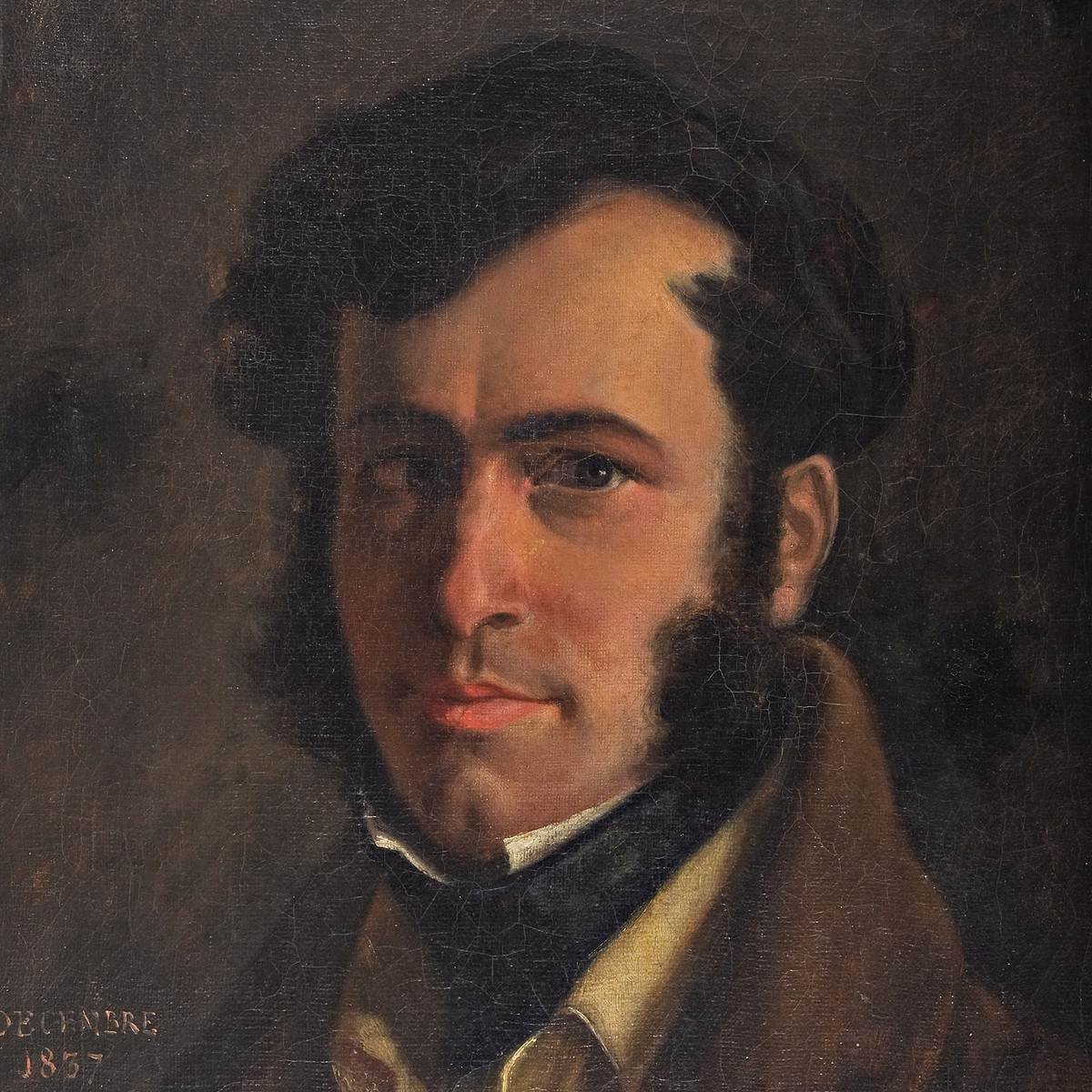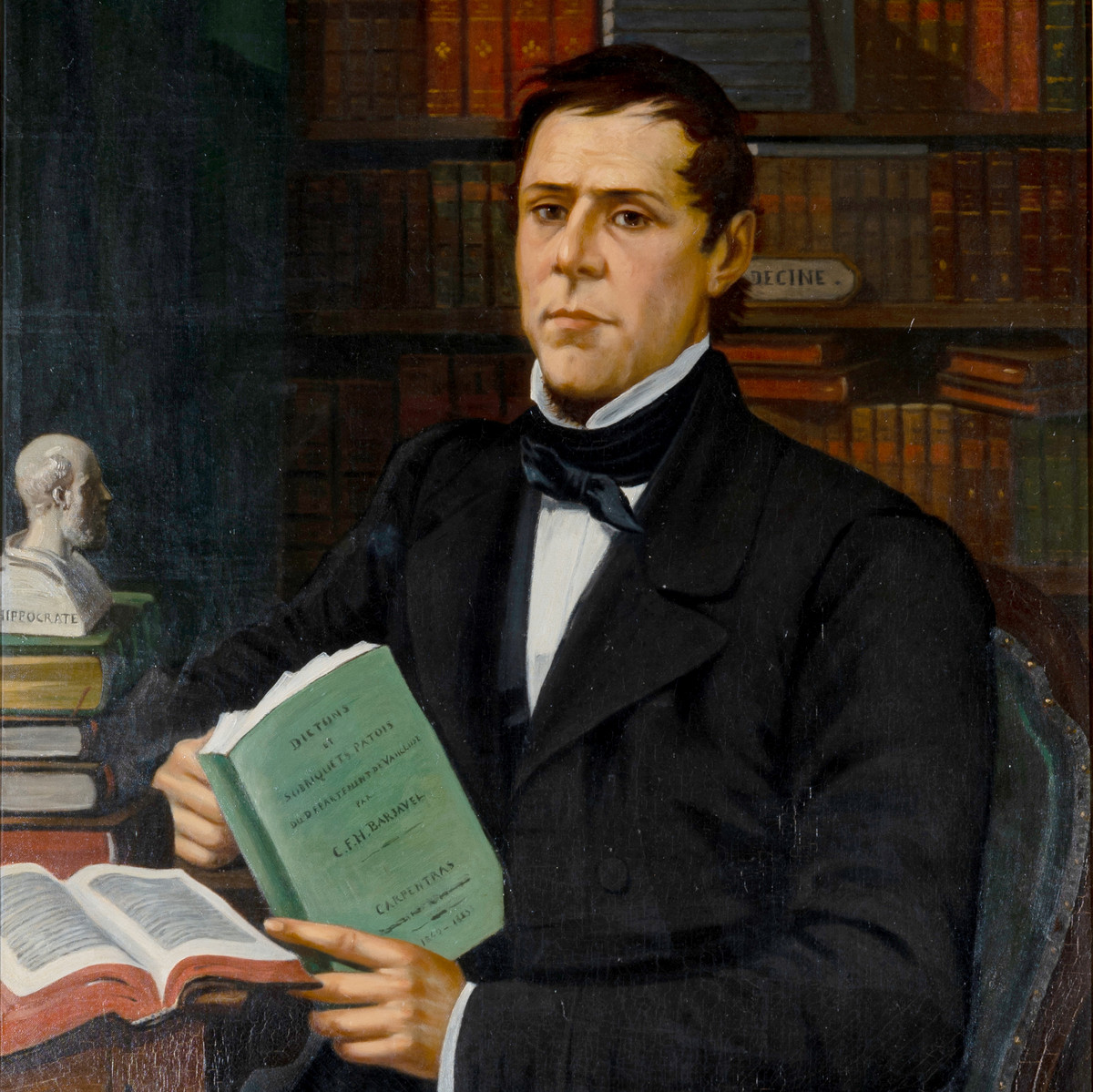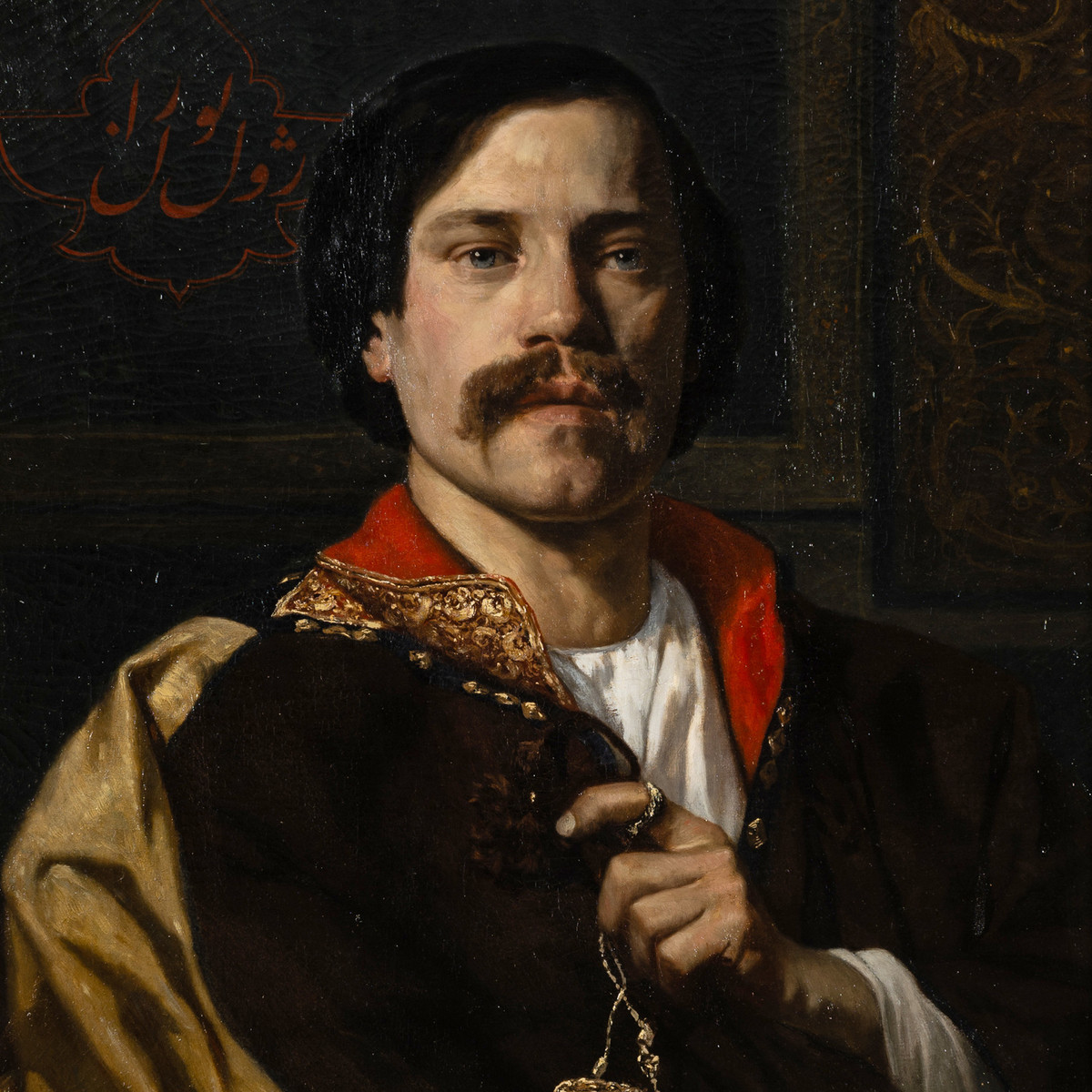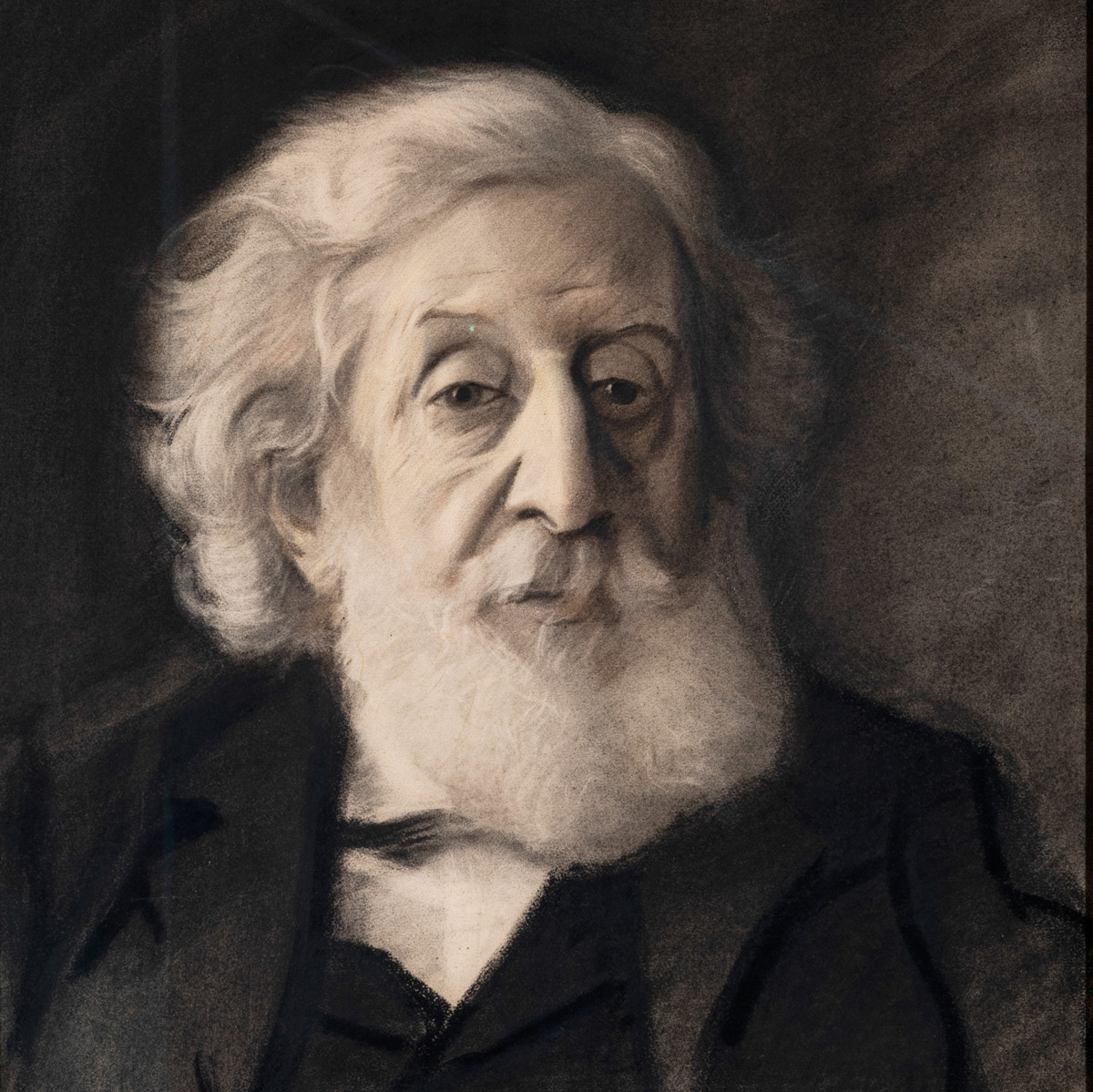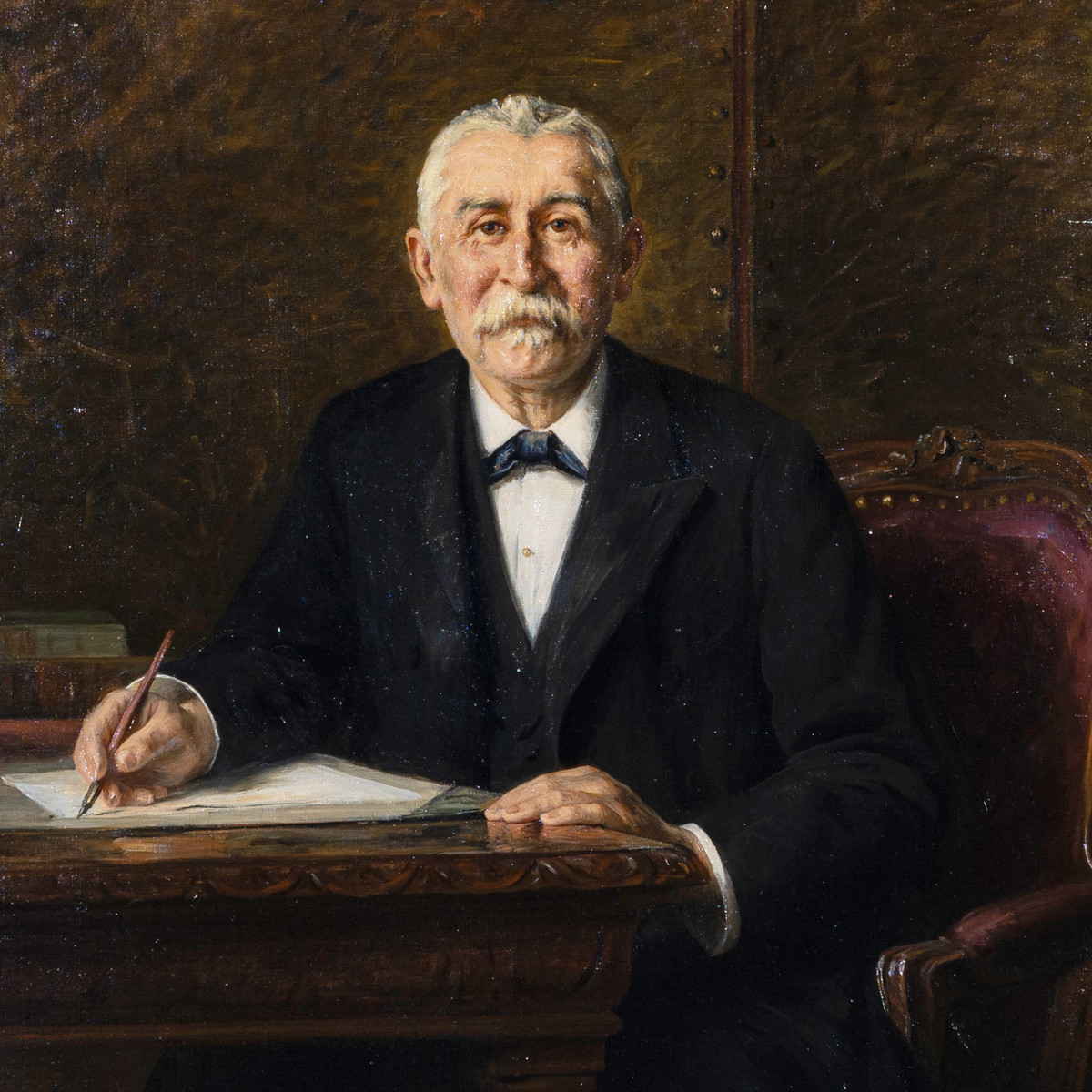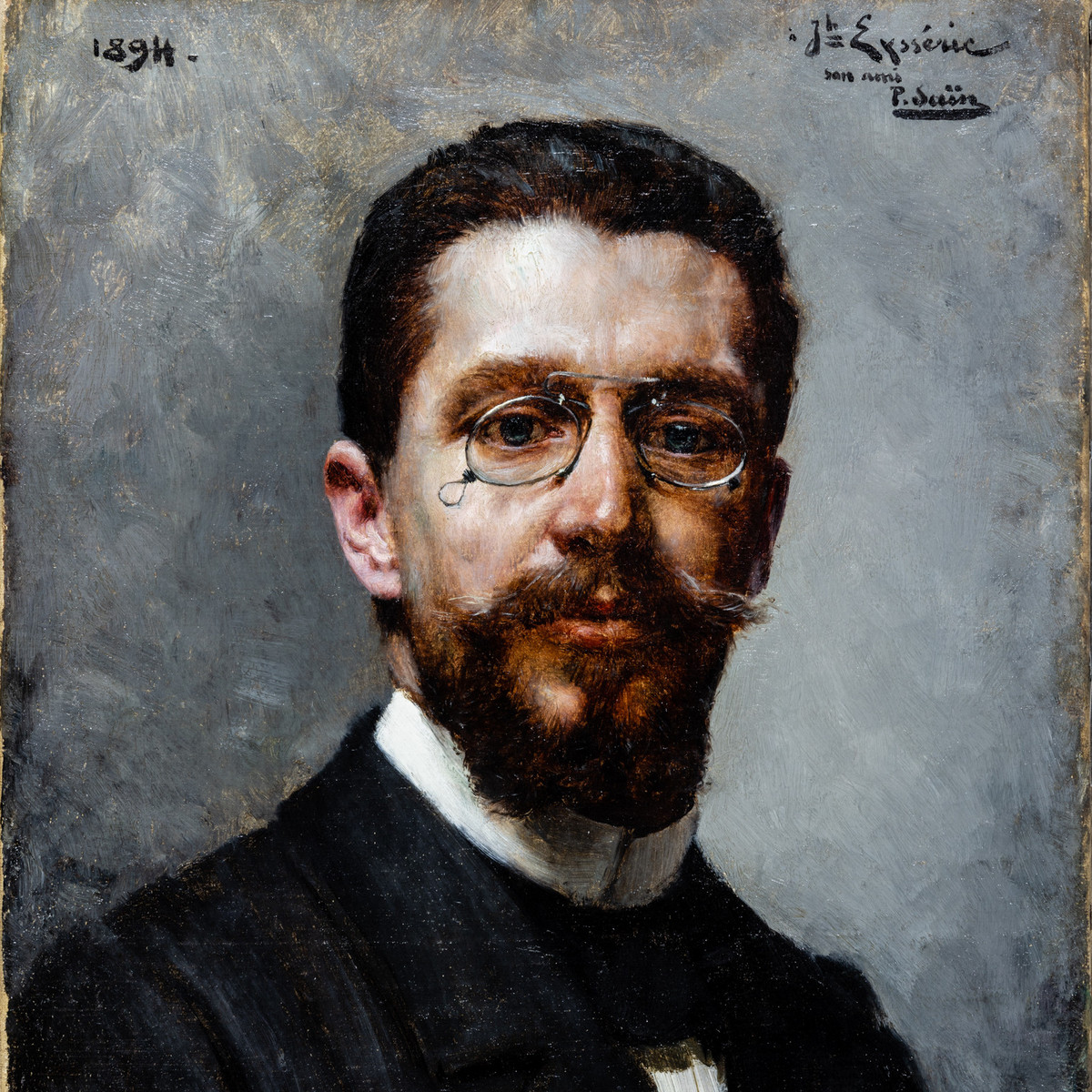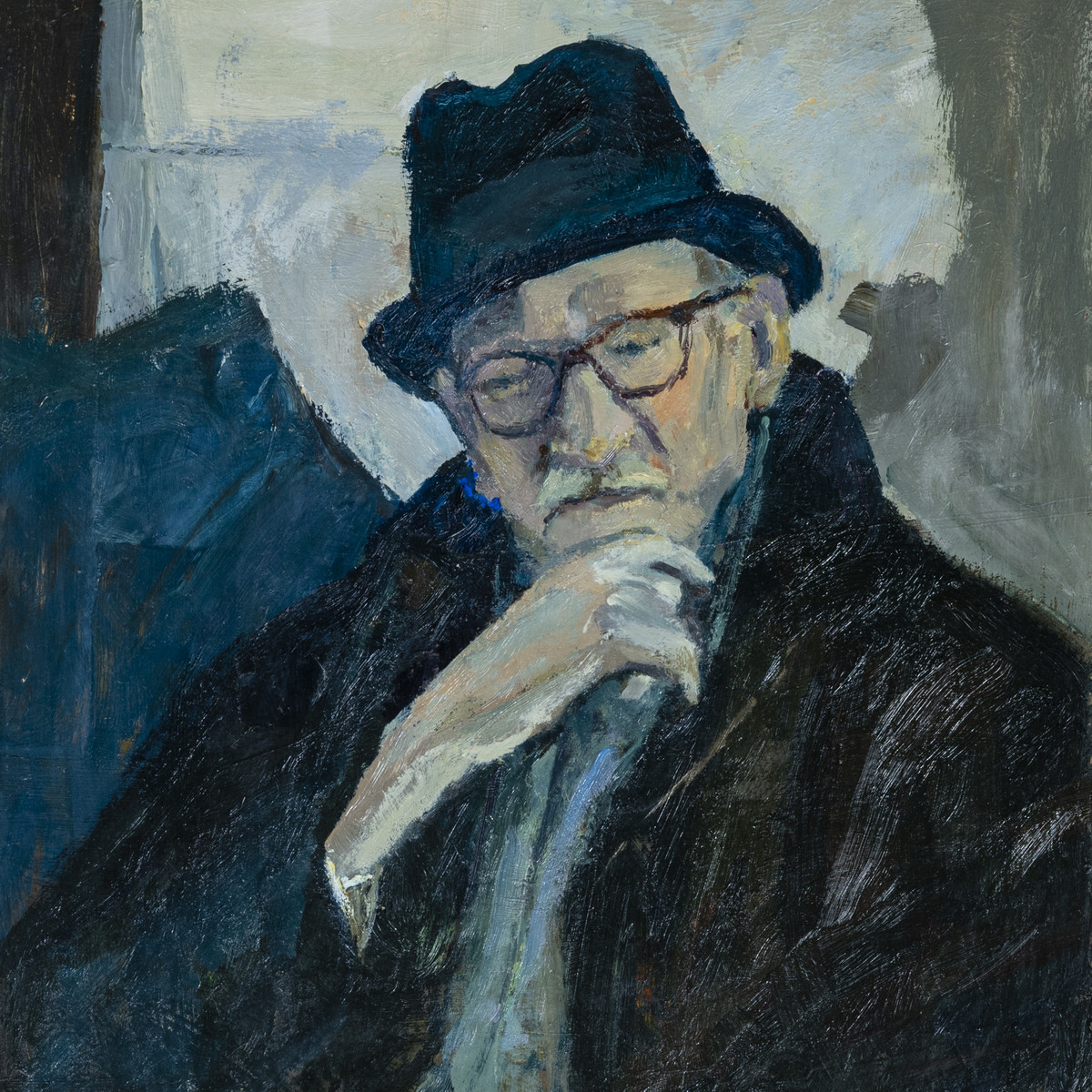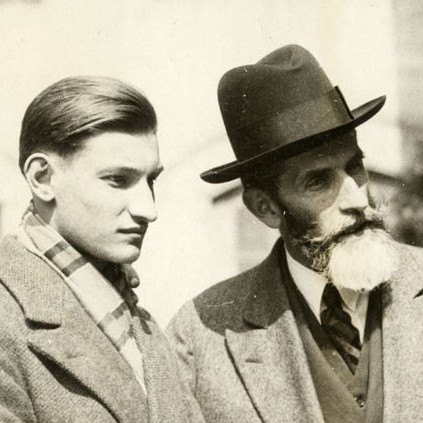Donors
NICOLAS-CLAUDE FABRI DE PEIRESC (1580-1637) – Polymath
Nicolas Claude Fabri de Peiresc (Aix-en-Provence, 1584-1637) was a government official from Provence who was renowned for his learned nature and his library. He made many journeys over his university career, and continued doing so on missions in his role as secretary to the Minister of Justice, Guillaume du Vair. He was closely involved with the intellectual scenes and learned societies of Paris, England, the Netherlands, and Italy. Upon his return to Provence in 1623, he continued his intellectual passions with great gusto, studying history, astronomy, languages, botany, and natural sciences in general. He built up a rich collection of books and objects that he made available to the scientific community. He thus promoted the acquisition and sharing of knowledge across his major network of correspondents – estimated at more than 500 – in Europe and around the Mediterranean. Upon his death, tribute was paid to him from many learned communities across Europe, and he was the subject of the first biography dedicated to a man of letters. Much of his collection became dispersed after his death, but d’Inguimbert brought it back together. In particular, he acquired 116 records, half of which made up of studies from the polymath himself, the other half notes from his correspondence.
Image : François CONSONOVE : Portrait de Peiresc en buste. 1874.
DENIS BONNET (1789-1877) – Painter from the Comtat
Denis Bonnet was a self-taught artist whose pictorial works, most of which are preserved at the Inguimbertine, are of significant documentary value.
His paintings attest to everyday life in the Comtat Venaissin in the mid 19th century.
In his art, often made using charcoal highlighted with watercolour, he made a point to describe his social environment, such as the crowds of the markets and streets in Carpentras, the rural peoples of the Comtat.
He also produced portraits of key figures in his home town.
Image : Denis BONNET. Autoportrait (détail).1832
FRANÇOIS-VINCENT RASPAIL (1794-1878) – Scientist and politician
Carpentras native François-Vincent Raspail was both a chemist and politician who left his mark on history in particular due to his involvement in the Revolution of February 1848.
A staunch supporter of the Republic, he overtly opposed the Monarchy as well as Napoleon III, which earned him several trips to prison. His many scientific works on agronomy, the rural economy, meteorology, botany, chemistry, physics and medicine were all valuable to the applied sciences. His political commitments focussed on projects to improve the conditions of the worst-off in society.
In 1880, the library committee commissioned his portrait from Évariste de Valernes.
In 1978, the widow of his great-grandson gave the Inguimbertine a remarkable collection relating to Raspail’s scientific and political activities and the social movement of the 19th century; it included portraits, photographs, various souvenirs, a library, and ninety bundles of private archives.
Image : Évariste de VALERNES. Portrait de François-Vincent Raspail. 1880.
BONAVENTURE LAURENS (1801-1890) - Peintre voyageur
Bonaventure was an amateur artist with an eye for all techniques, throwing himself into sketching, painting, music and poetry. He was involved in the publishing company Picturesque travels across France, led by Taylor and Nodier. He also illustrated the tour guide published by the Paris-Lyon-Mediterranean rail company, for which he received a free travel pass for life that he used to devour the landscapes and monuments of the South of France. Bonaventure Laurens was also a musician, rubbing shoulders with names such as Schumann, Chopin and Brahms, and he contributed to the spread of German music in France, conducted concerts and composed religious works, hymns, and romance pieces. His major graphical and musical achievements are in large part conserved at the Inguimbertine.
Image : Bonaventure LAURENS, Autoportrait. 1837
CASIMIR BARJAVEL (1803-1868) – Doctor, historian, bibliophile
Doctor Casimir Barjavel worked at the Hôtel-Dieu in Carpentras. He became particularly invested in local life and culture when he became Mayor of Carpentras in 1833-1834, he was an active member of the library committee, and he was an ardent collector and learned man. He advocated for teaching the history, culture and language of the Comtat Venaissin through works such as his Dictionnaire historique, biographique et bibliographique du département de Vaucluse (‘A historic, biographical, and bibliographical dictionary of the Vaucluse department’), which was published in 1841 and remains a reference today. Upon his death, he left the Inguimbertine one of his biggest collections, embodying the knowledge specific to the 19th century: advancements in scientific reasoning and a range of interests from local history to universal history.
His posthumous portrait, produced in 1879, was done by Évariste de Valernes (1817-1896), a professor of drawing at the Carpentras school and friend of painter Edgar Degas. It was commissioned by the library committee as a tribute to his generosity for the Inguimbertine.
Image : Évariste de VALERNES, Portrait de Casimir Barjavel. 1879.
JULES LAURENS (1825-1901) - Artist and traveller
Raised by his brother, Bonaventure, Jules Laurens was trained as an artist from a young age and ultimately attended the prestigious Fine Arts school in Paris. In 1845, the young painter and his sketchbook went on Xavier Hommaire de Hell’s scientific mission to Persia. Upon his return, he set up his workshop to Paris. He was a regular attendee of the Salon des artistes français annual art exhibition in Paris, where he shared his orientalist paintings inspired by memories of his trip to Iran, as well as landscapes from different parts of France and still lifes. His fondness for his home region led to his being invested in the Inguimbertine, particularly for the opening of the museum gallery in 1887. He put together a collection, which he donated to the museum, that illustrated his artistic network, including figures such as Gustave Doré, Alexandre Cabanel and Victor Hugo. He also donated paintings he brought back from his travels in Iran, which attest to his admiration for eastern art.
Image : Jules DIDIER, Portrait de Jules Laurens en Persan. 1854
ALFRED NAQUET (1834-1916) – Parliamentarian and Senator of Vaucluse
The doctor, chemist and politician Alfred Naquet was born into a Jewish family in Carpentras. After studying physical sciences and training as a medical doctor, he taught chemistry at the medical faculty of Paris. The Revolution of 1848 left its mark on him, and he began politically advocating for the Republic and was involved in the creation of a revolutionary committee. After several brushes with the law, he ran away to Spain; upon his return to Paris, he had to leave teaching. He was elected as a representative of the people in the Vaucluse in 1871, and was re-elected several times. In 1876, he was the first to suggest the restoration of the law on divorce, which was passed in 1884 and became known as the Naquet law. He was also involved in the drafting of other laws, such as on the freedom of the press and the freedom of assembly, which were passed in 1881.
The Inguimbertine preserved notes and correspondence related to his political and scientific activities, as well as written works on medicine, pharmacy and chemistry left by Naquet himself.
This pastel drawing by Alexandre Alexandrovich, a Russian artist exiled in France, was done before World War I as part of a series of portraits of militant anarchists published in Le Monde Libertaire.
Image : Alexandre ALEXANDROVITCH. Portrait d'Alfred Naquet. 1909.
ADOLPHE-DAVID CAVAILLON (1843-1914) – Collector responsible for the Jewish collection
Doctor Adolphe Cavaillon (1843-1914) was a senior member of the Avignon Hôtel-Dieu and doctor in Carpentras from 1866 until his death. As a descendant of the ‘Pope’s Jews’ welcomed in the Comtat back in 1343, he gathered a major collection of documents attesting to their specific history. Between 1954 and 1966, his descendants donated and then bequeathed this collection to the library. It includes cultural objects, portraits, and especially written works, for a total of 453 volumes, 200 of which in Hebrew, 10 Hebraic manuscripts, and 55 music scores. The collection is particularly interesting as religious traditions in the Comtat Venaissin differ from those in other European communities.
Doctor Cavaillon’s portrait was produced by Marius Barthalot (1861-1955), a student of Alexandre Cabanel and Léon Bonnat.
Image: Marius BARTHALOT. Portrait du docteur Adolphe-David Cavaillon. Début XXe siècle.
JOSEPH EYSSERIC (1860-1932) - Painter and geographer
Joseph Eysséric was a scientist and explorer who circumnavigated the globe on repeat occasions, sometimes risking his life in the process, as part of his geography missions. His investigations and works were published in scientific journals and simplified into geography textbooks published by Delagrave. During his travels across France and around the world, he produced a number of drawings and photographs that he went on to use to create paintings and illustrations for his work. As a talented artist, taught by Bonaventure and Jules Laurens, his pieces were often displayed at art events. He bequeathed a significant part of his collection to the Inguimbertine.
Image : Paul SAÏN, Portrait de Joseph Eysséric. 1894
FRANÇOIS JOUVE (1881-1968) – Storyteller and baker
François Jouve was a storyteller and writer for the Provençal language, who was born and died in Carpentras. Born into a family of bakers, he took his place at the family oven when his father died in 1921. Le four des blondins, a nickname for the bakery based on the Jouve family’s striking blond hair, became the meeting point for all lovers of Provençal who came from far and wide to hear him tell stories in the language he grew up with.
Jouve was keen to see Provençal passed down to future generations, and therefore taught the language at the Carpentras school and kept a written record of the stories and tales he patiently crafted during his nights over the hot oven. His publications include Au four di Bloundin (‘By the oven of the blondies’) in 1931 and Lou Papo di fournié (‘The bakers’ pope’) in 1933, both published by Porto-Aigo in Aix-en-Provence. François Jouve was actively involved in the Félibrige literary and cultural movement for Provençal, created around Frédéric Mistral in 1854 with a view to defending and promoting this language family of southern France. He was a member of the movement from 1912, and elected to the position of majorau in 1931.
François Jouve won the Mistral award in 1954 for his collection of stories La Boulo di Gàrri (‘The rat ball’), the name of which was based on a sculpture in the Carpentras cathedral. After his death, many of his written works were published, including Au balutèu di remembranço (‘At the sifter of remembrance’) by the Groupement d’études provençales in in 1966, and Conte e raconte (‘Stories and tales’) by Presses universelles in Avignon in 1972.
With no descendants, he bequeathed everything to the City of Carpentras. Correspondence, typewritten manuscripts, photographs, and press pieces all thus joined the Inguimbertine’s collections. The collection was further expanded through a donation by Lucette Besson in 2006, which included documents, printed works from François Jouve’s library, and more photographs.
Image : Paul SURTEL. Portrait de François Jouve. 1960
ROBERT ET MAURICE CAILLET – Historians of libraries and the Inguimbertine
Robert Caillet, father (1882-1957)
Maurice Caillet, son (1910-2008)
PhD in law, lawyer, holder of a technical diploma in library work, and author of a thesis on the history of the Avignon university and many publications on local history and the Inguimbertine’s collections, Robert Caillet was the curator of the Inguimbertine for almost a quarter century, from 1923 to 1946. It was under him that the library grew its collections and branched out into specific areas, such as the Comtadine room dedicated to ethnographic collections. He worked to make the collections more accessible by extending the opening hours and increasing the number of exhibitions (a total of around thirty were held between 1927 and 1942). As a keen advisor to associations dedicated to local culture, he also contributed to the preservation of several monuments and artworks. During World War II, he hid the objects of religious significance from the synagogue. Robert Caillet was named a Knight of the Légion d’honneur in 1938.
Maurice Caillet followed in his father’s footsteps. He was an archivist, palaeographer, bibliographer, archaeologist, historian, teacher, general inspector for libraries, and author of the “Caillet report” which raised awareness on the fragile state of written heritage works in French libraries. As well as the books from his personal library, Maurice Caillet bequeathed the Inguimbertine his family archives and vast collection of manuscripts, typewritten documents, press cut-outs, ephemera and printed and iconographic works, all grouped into topic-related files dedicated to the history of the Comtat Venaissin, the monuments of Carpentras (the Saint-Siffrein Cathedral, the town hall, etc.), its key historical figures (the Laurens brothers, Alfred Naquet, etc.), the Jews of the Comtat, its confraternities, editors and more. These files were essentially the impeccably documented works of his father, Robert.
This bequest supplemented the series of donations to the library from Robert and Maurice Caillet themselves (files and manuscripts on local history, printed publications, and an impressive Torah scroll).
A detailed list of the collection and guidance on how to use the search tools are available.
Image : Maurice et Robert Caillet.
